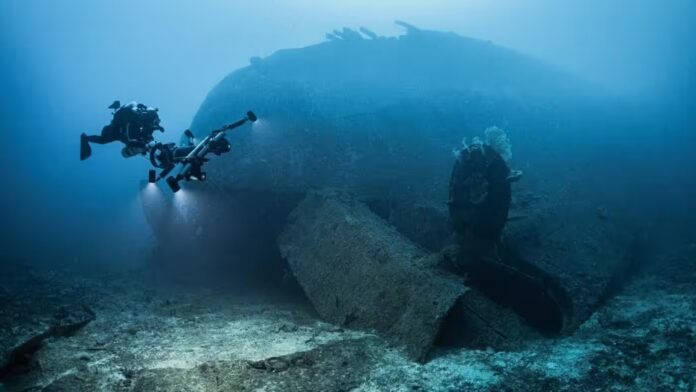Ten years ago, Paul Adams was scuba diving among World War II shipwrecks in a popular tourist spot in the Federated States of Micronesia when he found black, oily bubbles rising from the wrecks. He later learned that the bubbles were oil leaks from the corroding fuel tanks of sunken vessels, Nikkei Asia reports.

